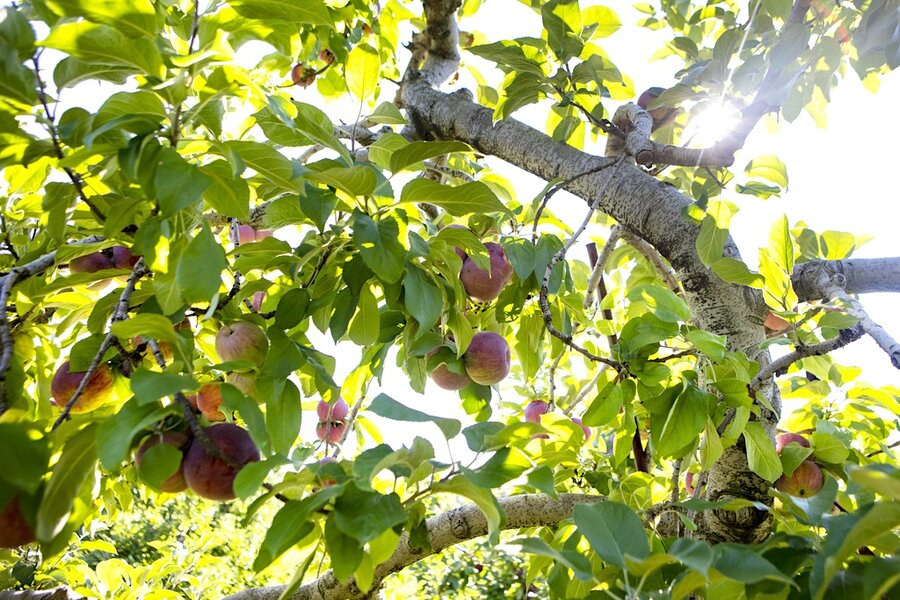
There are about twice as many known varieties of apples worldwide as there are of clams – 30,000, give or take. Fewer than 40 of these – Fuji, Honeycrisp, and so on – dominate global commercial markets. What, then, accounts for the restless pursuit in university labs and orchard nurseries to revive heirlooms long thought extinct?
One answer, of course, is climate change. Next year marks the midpoint in the United Nations Decade on Ecosystem Restoration, a global initiative challenging governments and individuals to renew the planet’s natural systems and resources. If an apple is found that no one has ever seen before – as one was in Colorado a few years ago – it means a tree has survived for perhaps a century or more. It may hold clues for adapting other varieties to changing weather patterns.
Yet from the steppes of Kazakhstan to the shallow estuaries of Florida, projects to revive wild horses and seagrasses are affecting something deeper – a restoration of thought in an age steeped in uncertainty.
“The benefit of a 100-year vision is that it begins with an assumption of success, allowing us to imagine how something can be and will be done rather than debating whether it’s possible,” wrote Florent Kaiser, executive director of Global Forest Generation, in a World Economic Forum blog. “Planting trees transcends carbon offsetting; it’s an act of hope for future life.” It reflects “a commitment to work together for the common good.”
One reason the effect Mr. Kaiser describes may be so noticeable is that restoration projects often respond to factors like overexploitation of resources and political instability. Community-led forestry projects in South America, Nepal, and Pakistan have involved the planting of tens of millions of trees. By tapping the ecological expertise of marginalized Indigenous communities, they affirm values like equality and individual dignity.
Boosting ecosystems is also boosting democracy. An annual survey by the National Wildlife Federation and the National Gardening Association published last month confirmed a growing shift from lawns to native wildflowers. People who garden for bees and butterflies, studies have shown, are more apt to know their neighbors and participate in local civic activities.
Their gardens may be more collectively empowering than they know. A study led by the University of Massachusetts Amherst showed that climate change is accelerating the spread of invasive species 1,000 times faster than of native species critical to local environmental stability. Yet Doug Tallamy, an entomologist at the University of Delaware, points to the potential for individual agency. He noted in a recent podcast that 83% of land across the United States is privately owned.
“Some people argue about the word restoration,” he said. But planting native species restores “interactions between the plants and animals” that contribute to environmental health and stability. “You’re still recreating the ecosystem function.”
That’s not as dry as it sounds. As director of horticulture at the New England Botanic Garden in Massachusetts, Mark Richardson is attempting to restore a peck’s worth of heirloom apple varieties along with the American chestnut. “‘When you operate a botanic garden, you hope that it’s here in perpetuity,’ he said, and you work with that horizon in mind,” The New York Times reported last week. Such thought rises, like birdsong.
